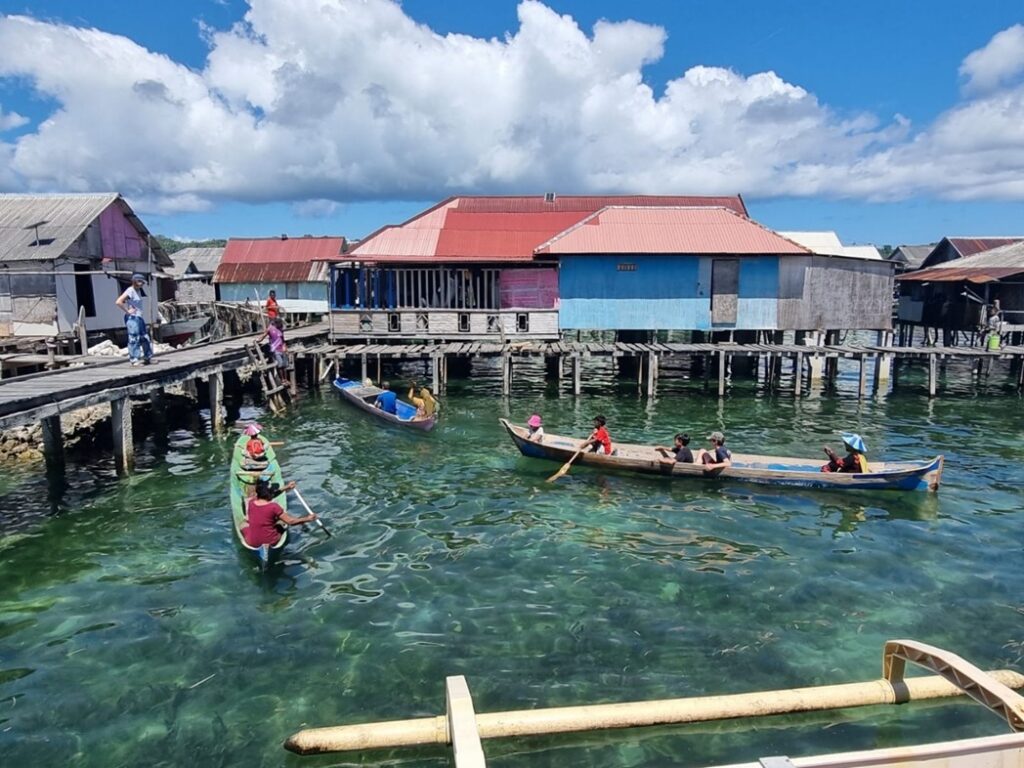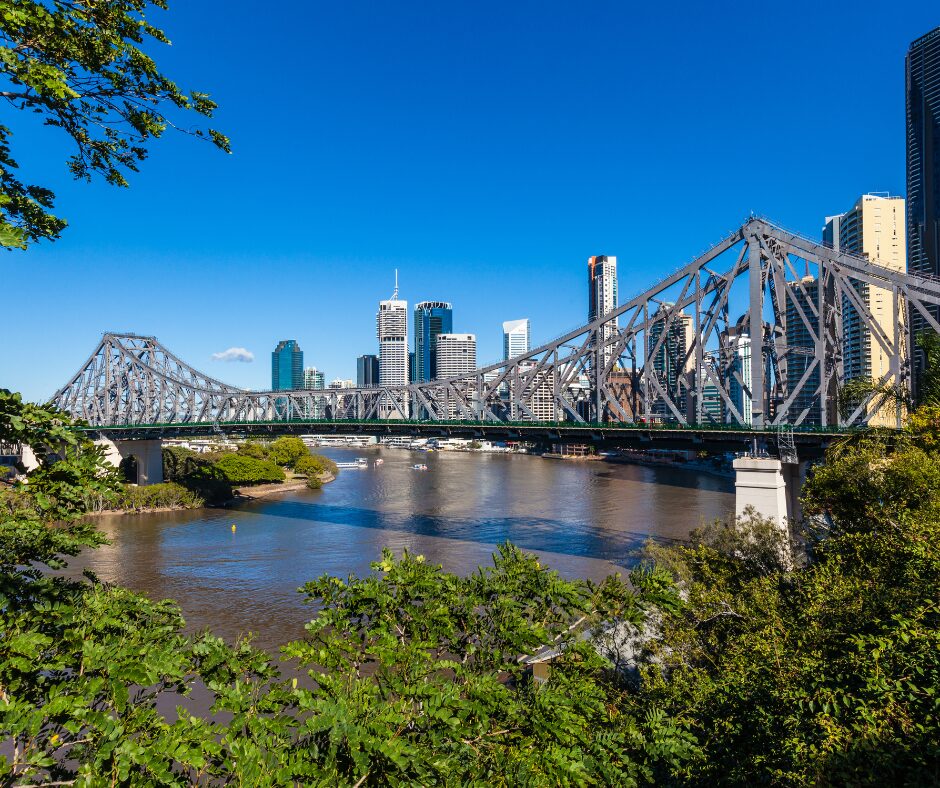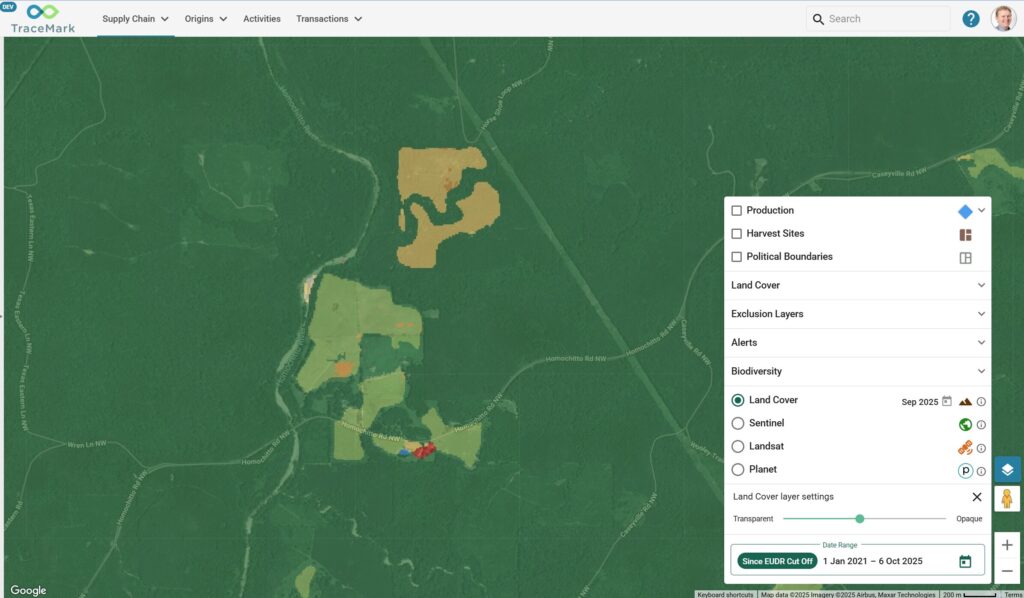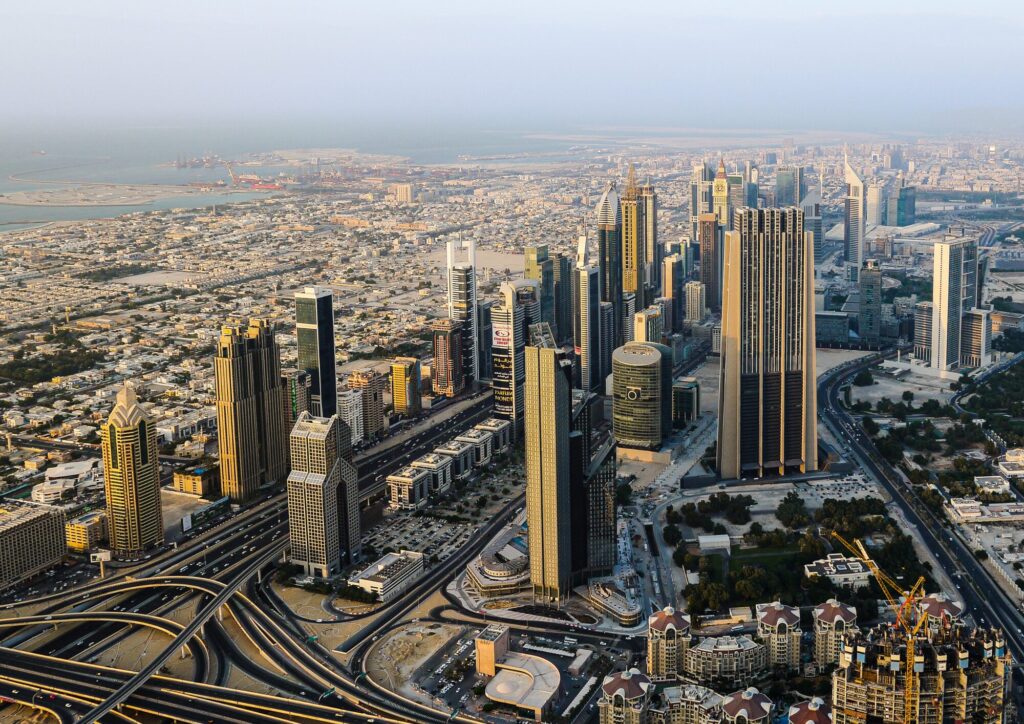From Paris with maps: how location data is helping to mitigate and adapt to the effects of climate change
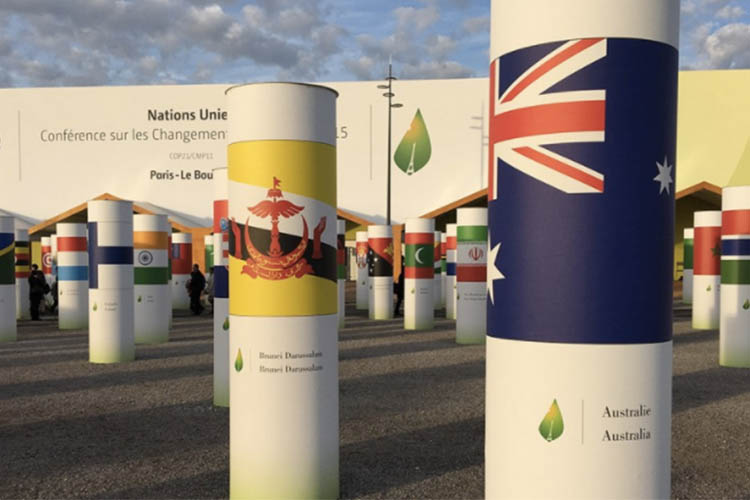
In December around 50,000 people attended the Climate Change Conference in Paris to continue the momentum for a global approach to climate change. An historic alignment of 195 countries to a common goal and a common target of a 1.5-degree increase in temperature from pre industrial time was reached.
Much of the work done with negotiations was behind closed doors, but overall there was a feeling of both optimism and opportunity. Optimism that we have turned the corner with reducing emissions and that we are now starting to win the war against climate change, and opportunity to generate real investment and outcomes with climate-friendly initiatives.
Globally, 4.7 million new jobs have been created worldwide in renewable energy since 2009 and clean energy investment has grown by 50% (Climate Council of Australia).
The key to reducing emissions and achieving the goal of a 1.5 degree increase lies in cities. Cities currently consume over 75% of the world’s energy and produce more than 60% of all carbon emissions. By 2050 around 70% of the world’s entire population will live in cities.
Leaders of cities and states across the world showcased how they are reducing emissions and tackling climate change at the conference. Seemingly simple initiatives such as standardising mobile phone charger connections to reduce waste can make a significant difference when applied to the 7 billion phones used worldwide. There was a strong commitment at the local level to reduce emissions and use renewable energy, with specific actions to achieve goals.
Pacific Impact
Much of the focus of the conference was on climate change mitigation. Reducing emissions is obviously key to addressing climate change, however we must not lose sight of the need for effective adaptation to our changing environment. In particular, small island nations such as our friends in the Pacific are very much on the front line when it comes to sea level rise caused by climate change.
“Our people should not have to change their way of life or abandon thousands of years of traditions because of the actions of larger countries and their carbon emissions. We in the Pacific did not cause climate change, but we suffer because of it,” Papua New Guinea Prime Minister Peter O’Neill (Climate Council of Australia).
The power of maps
Location and mapping play a crucial role in climate change adaptation. Effective adaptation starts with the right information to understand risk – in particular the right location-based models to understand community level risk so that countries can make the decisions that will best protect their people.
Climate change is not uniform: it affects countries and regions in different ways. We need to accommodate the changing environment by first understanding its effects. Maps provide the perfect platform to communicate climate change risk. They provide a universal language that can clearly depict the challenges communities face with climate change-driven impacts such as sea level rise. Throughout the Climate Change conference, maps were consistently used as the best medium for communication.
Mapping is the most effective means of communicating the impacts of climate change to drive mitigation and emission reduction. A picture paints a thousand words and they allow people to relate to the data, to see the predicted level of flooding for their village, street and house; to clearly understand the challenges they face. Maps are more effective than words on a page and with the prevalence of online mapping such as Google Maps, organisations can take advantage of the medium.
Climate Central have created a number of map based visualisations to demonstrate the difference that changes in a degree or two in global warming will make in terms of sea level rise. The United States of America showcase at the conference focused on using mapping to present their research, challenges and initiatives.
An inspiring presentation by Al Gore was broadcast across the entire conference that started with a slide showing a map of the world and continued to use mapping all of the way through to communicate the effects of climate change.
To find out more about NGIS international development work, sign up for our newsletter and see our showcase page.
Related Articles
Here are more related articles you may be interested in.


